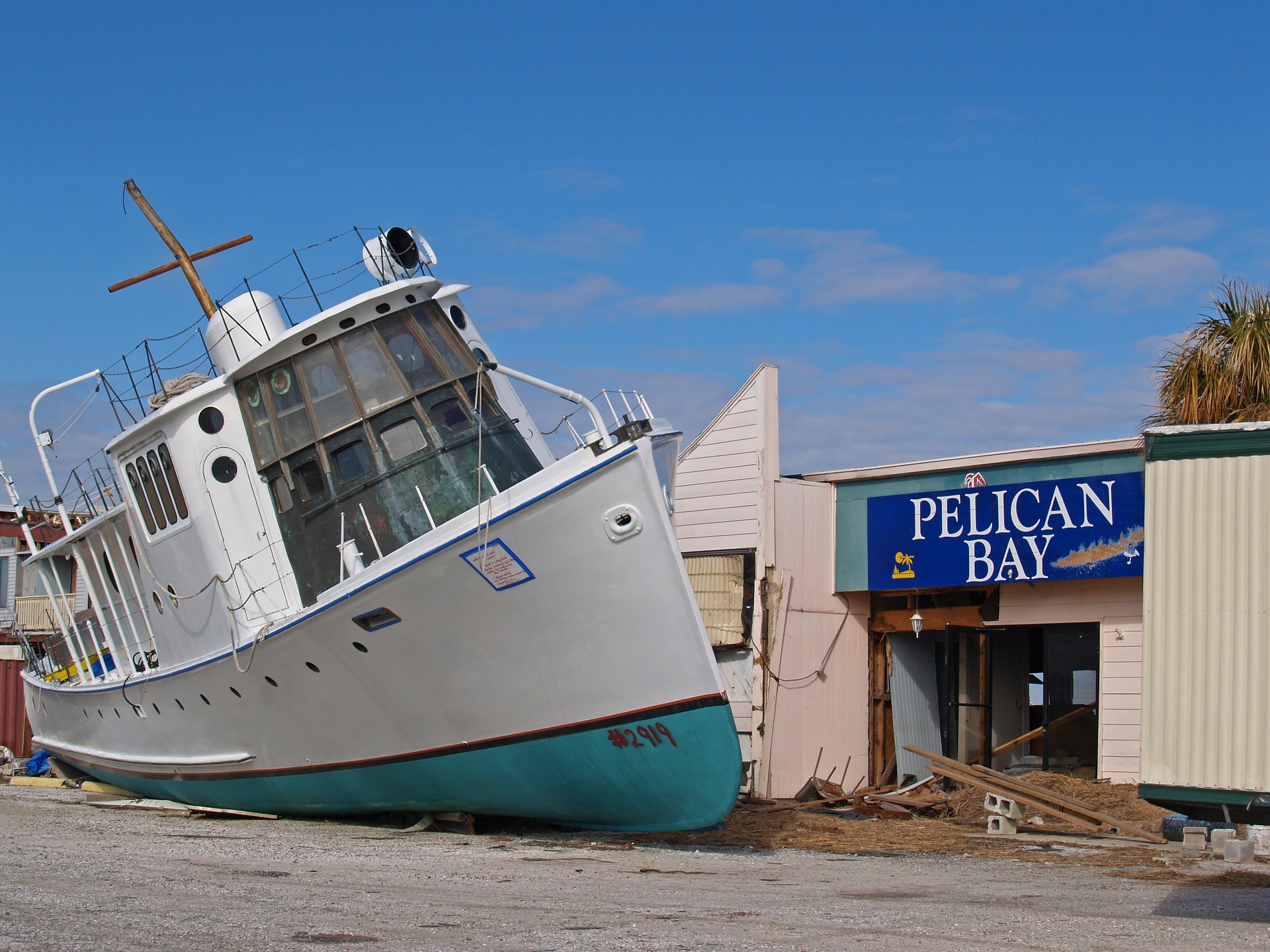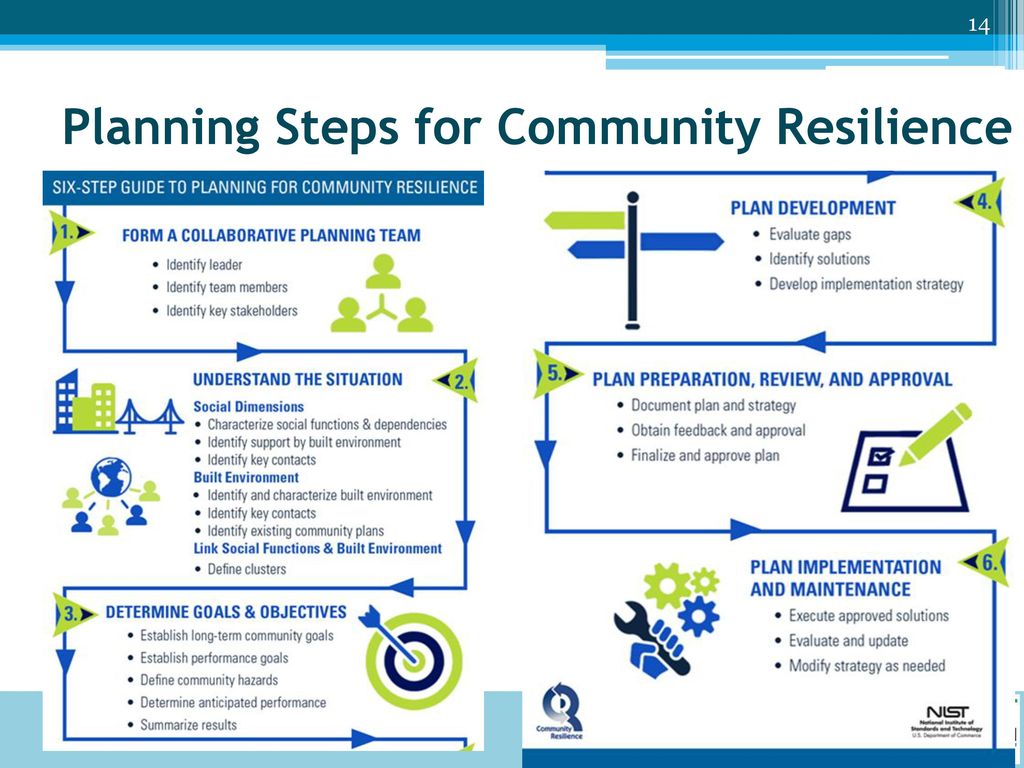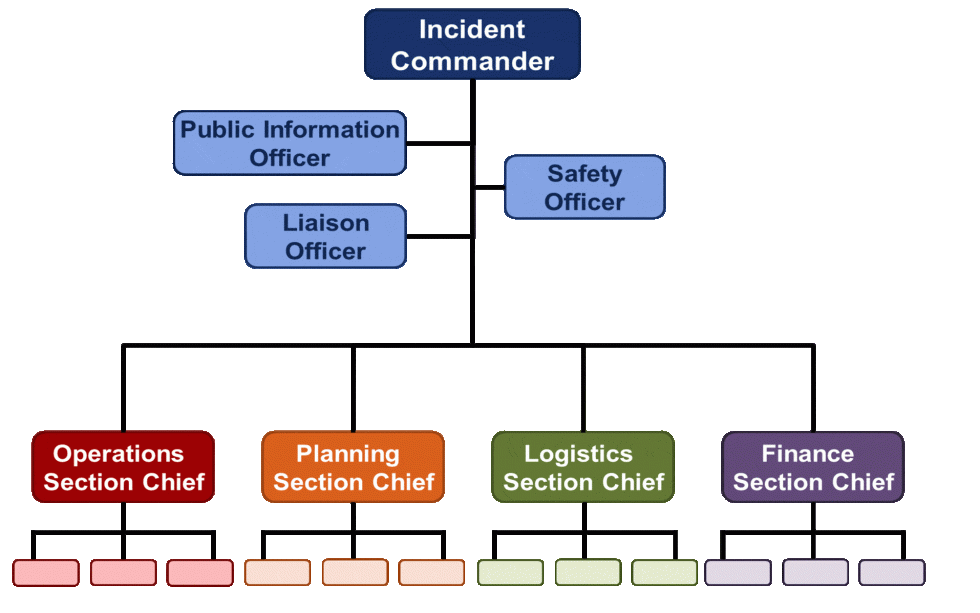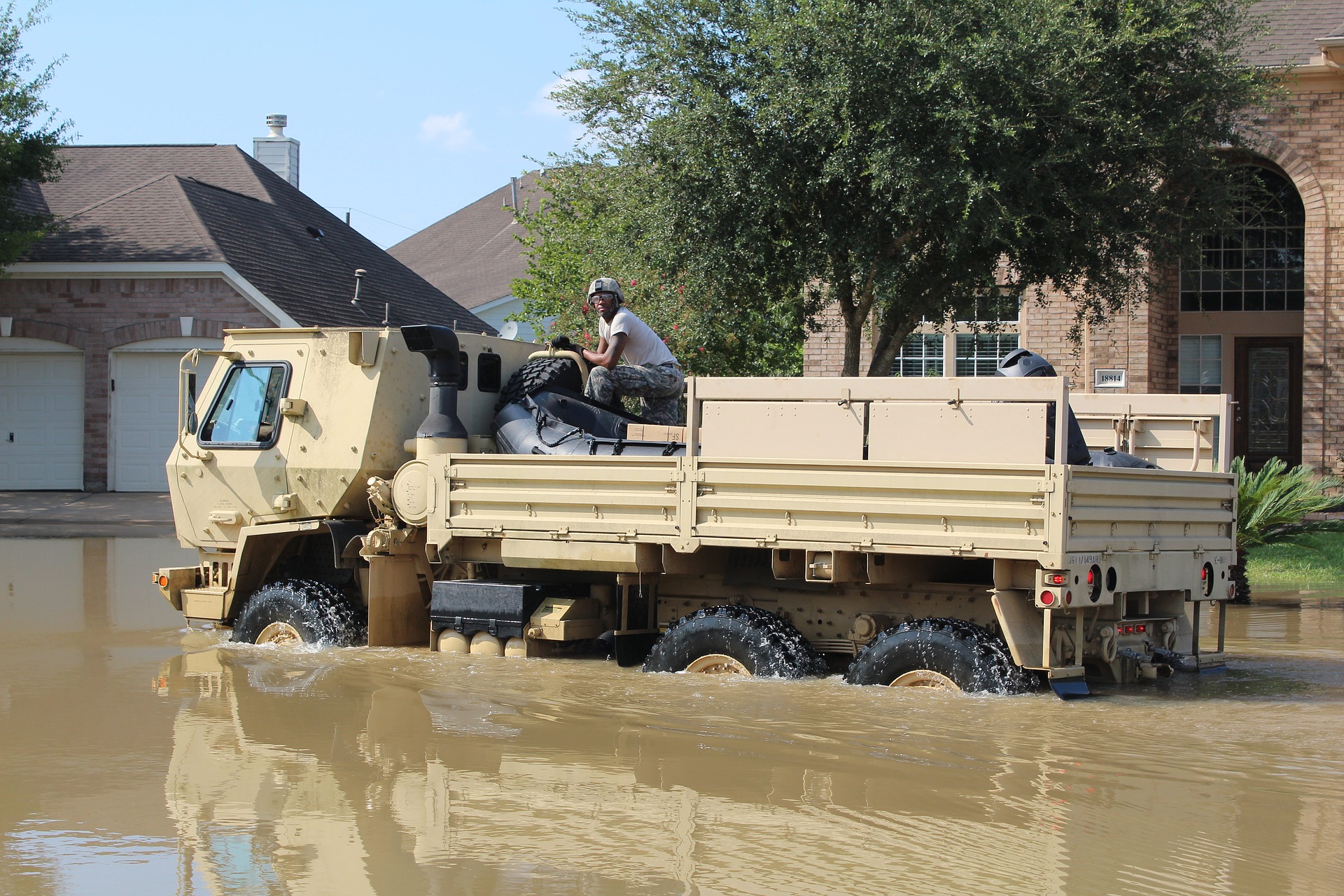Don’t define resilience as getting back to where you were before disaster struck. It’s much more than that. Of course, resilience implies recovery. But the goal isn’t simply to restore power, rebuild homes and replant fallen trees. To become truly disaster resilient, a community must find ways to better handle future disasters. Every sector — public, private and nonprofit — must be involved. And all work within constraints and requirements set at all levels of government.
Simply put, emergency management staff are only part of the solution. Urban foresters and arborists are too.
The Feds: Not Just FEMA
Federal disaster policy is built around an “all- hazards” strategy. The strategy encompasses four phases—preparedness, mitigation, response, and recovery. The Feds assume, rightly so, that all nationally significant disasters, be they natural or human- made, require similar response and recovery processes. So policies don’t focus entirely on specific threats like hurricanes, but develop tools, protocols and all-sector coordination that can be applied to all the major threats communities face.

National Disaster Recovery Framework
In 2011, former president Barack Obama released a policy directive that calls for five national planning frameworks — each distinct but all connected.
- prevention
- protection
- mitigation
- response
- recovery
In most cases, communities will incorporate these five concepts into one, two or three different plans. Most common are hazard mitigation plans [required by FEMA], response plans, and recovery plans. Increasingly under the threat of climate change, communities embrace all five concepts within a single resilience plan.
NIST Guide to Resilience Planning
Community resilience planning demands an inclusive, thoughtful and inclusive process. To help communities begin resilience planning, the National Institutes of Standards and Technology prepared a guide which walks users through a six-step process that takes months, even years. The hoped-for result? A better, more vibrant place to live.

Following this sequence, users can assure their resilience plans are compatible with other community plans, cost-effective and aimed at creating a more vibrant community overall.
Urban foresters and arborists should familiarize themselves with own community’s plans. Some examples:
What you need to know before disaster strikes
After decades of experience beginning with wildfires, FEMA now relies on three distinct operating structures.
The first, the National Response Framework [NRF] organizes and assigns federal cabinet-level departments to manage response for each of six key urban systems:
- Housing [HUD]
- Economic [Commerce]
- Infrastructure [Corps of Engineers]
- Health and social services [HHS]
- Natural and cultural resources [Interior]
- Community planning and capacity building [FEMA]
When the president declares a national disaster, these agencies provide expertise, personnel and, in many cases funding to state governments and affected local communities.
The second, the National Incident Management System [NIMS] provides a common system for integrating all the expertise, equipment and specialized personnel necessary to cope with disasters. Every day, jurisdictions and organizations work together to share resources, integrate tactics, and act collaboratively.
Whether these organizations are nearby or are supporting each other from across the country, their success depends on a common, inter-operable approach to sharing resources, coordinating and managing incidents, and communicating information. Under the NIMS When disaster strikes, everyone involved will know their role, who’s on the team and how the response will unfold.
Click here for a schematic showing FEMA’s continuum for recovery — not measured in days, but in months and years.
As disaster approaches, designated members of the response and recovery team come together into a pre-planned Incident Command Structure [ICS]. Members train regularly for specific roles under a designated Incident Commander. The framework allows for coordinated dispatch, allocation of resources and people, and effective communication among responders and the public at large.


A well-organized Incident Command Structure assures resources are in the right place, at the right time, for the right reason.

